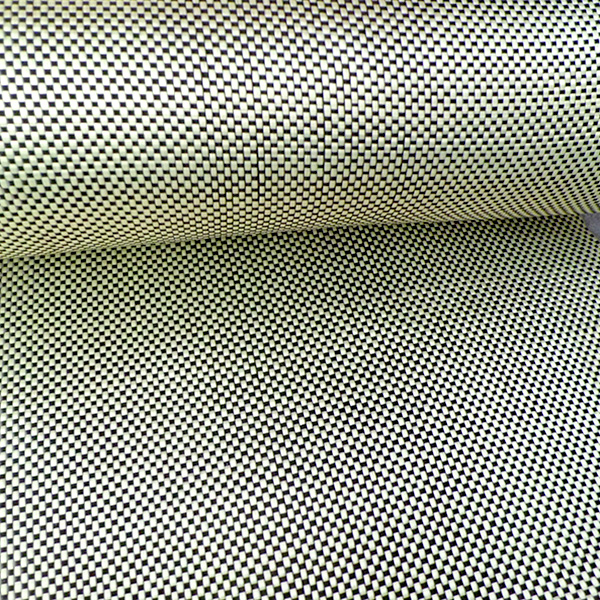Contact: Allen zhang
Mobile: +8618657301314
Tel: +86-573-88236564
QQ: 307160103
Email: allen@aramid.biz
Address: Tongyuan Road, Tongfu Industrial Park, Tongxiang City, Zhejiang Province
Website:en.surefrp.com
1. Resorcinol-formaldehyde-latex system impregnation treatment
Resorcinol-formaldehyde-latex impregnated bonding systems are widely used for the bonding of rubber to fibers. It is a water-soluble binder prepared by pre-forming a condensate (rf) from resorcinol (r) and formaldehyde (f), and then adding a rubber or resin latex (1), which is matured. Rfl. Wherein rf mainly interacts with the surface of the activated aramid fiber, and l entangles or reacts with the rubber macromolecule.
If the aramid is simply impregnated, good adhesion cannot be obtained, and the rfl impregnation formulation or impregnation process needs to be improved.
The rfl system was modified with blocked isocyanate. It is believed that the rfl system containing blocked isocyanate has two main effects on the surface treatment of aramid: one is the chemical reaction between the isocyanate group and the aramid, so that the rfl film is in the cord and The rubber plays a better interface bridging effect; the second is that the isocyanate group is a strong polar group, which has a certain destructive effect on the rfl system. The results show that the closed isocyanate modified rfl system with mass fraction of 0.03 has obvious effect, and the extraction force of cord h is 160n, which is 17.3% higher than that before modification.
The effects of the composition of the activation solution, the variety of the rfl modifier and the impregnation process on the adhesion properties of the aramid/rubber were studied. It was found that when the aramid was treated by the double impregnation process of the epoxy-blocked isocyanate mixed solution as a one-bath activation solution, The pull-out force was 85.8 n, and the h extraction force was 85.5 n when treated with a single impregnation process of blocked isocyanate-modified rfl.
Because of the storage conditions, the rfl immersion liquid needs to be temporarily prepared during use. The resorcinol and formaldehyde used in the preparation process are harmful to the environment, and the use process is cumbersome.

2. Rubber viscosity modification treatment
By adding an appropriate amount of binder to the rubber, the interfacial adhesion strength between the aramid/rubber can be improved. At present, the most widely used binder is a meta-methyl-white adhesion system, which is composed of a resorcinol donor, a methylene donor, and white carbon black (hydrated silica). The modification mechanism is The resorcinol donor and the methylene donor are reacted at a vulcanization temperature to form a reactive resin which reacts with the fiber and the vulcanization reaction with the rubber at the same time. The reaction is characterized by chemical bonding and intermolecular interaction. The sulfurization reaction is characterized by the formation of a methylene bridge and an oxaphthalene structure. As a regulator of the reaction, the surface of the silica particle has an acidic silanol structure, and the inter-molecular adhesion The formation of the resin acts as a catalyst, and the sulfurization reaction of the sulfur is delayed, so that the vulcanization reaction carried out at the vulcanization temperature is synchronized with the adhesion reaction.
This method is usually used in combination with surface activation and immersion treatment. In the rubber formulation, a meta-A-white system formed by a rubber binder rs (resorcinol donor), a rubber binder a (methylene donor), and white carbon black was added, and each group was studied. The effect of the amount on the bond strength between aramid canvas and rubber, wherein the aramid canvas was pre-impregnated with modified rfl. It was found that the preferred amounts of adhesives rs and a were 3 and 2.5, respectively, and the bond strength between the pretreated aramid canvas and the rubber was 11.48 n·mm -1 .
Aramid has excellent physical and chemical properties and is one of the skeleton materials for the development potential of rubber-based composite materials. Although a lot of research has been carried out on the improvement of the bonding performance between aramid and rubber, the bonding strength between the two has reached a high level, but the method used may only stay in the experimental stage due to the harsh test conditions, or have adverse effects on the environment and the human body. Or, it requires a high cost, so it is the main research direction in the future to find a bonding method that is easy to industrialize, has low environmental hazard, low cost, and higher bonding strength.
Contact: Allen zhang
Mobile: +8618657301314
Tel: +86-573-88236564
QQ: 307160103
Address: Tongyuan Road, Tongfu Industrial Park, Tongxiang City, Zhejiang Province
Website:en.surefrp.com

